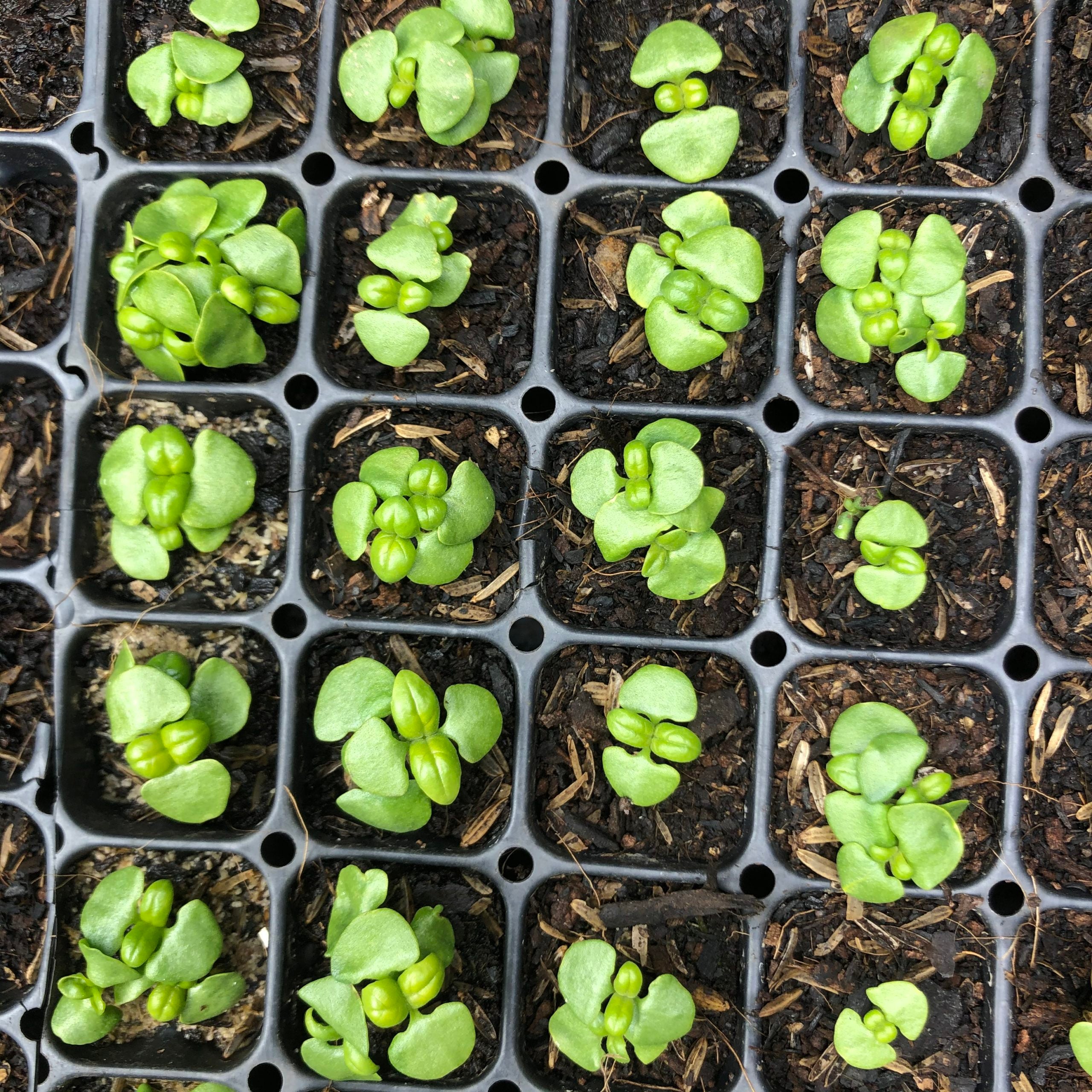Four Undervalued Tips for Better Seed-Starting Success
Share
Seed-starting time is right around the corner. For most folks in the Northeast and Mid-Atlantic regions, you’ll want to get those seeds sown in trays indoors sometime in February. If you’re in the Southeast, it’s your time to get seed starting in January. That all depends on what you’re growing, when you’ll be planting the seedlings outside, whether you have certain indoor and outdoor growing conditions, etc. etc. etc. There’s A LOT to consider.
However, this blog post isn’t about all of that. In fact, you can find most of that information in THIS LINK. This post has a whole other intention: to help you grow the best seedlings indoors, no matter what you are growing or when.
We say we have four tips but realistically there are so many more. You already know a bunch of them: You’ll need good lighting, to keep an eye on moisture, to know when you’re last frost date is and so on. These four tips, however, are the ones that don’t get mentioned often. Read on to see what we mean.
Your Seed-Starting Container
What you sow your seeds in matters! Your container must:
- Hold moist soil without deteriorating
- Have drainage holes
Those are the only two musts. However, there are a few “it would be super nice if” characteristics of seed-starting containers:
- It had individual cells for individual seeds
- It had a non-leaking/draining tray that could hold overflow and/or act as a reservoir
- You had those seed cells in graduating sizes to transfer into as the seedlings grew (super fancy, I know)

For lots of folks, clean yogurt cups and similar containers are a good way to grow small numbers of seeds. Just be sure to make holes in each and set the cup on a pebble-lined tray to allow drainage. Those of you growing lots of seeds should consider something more professional. We like the seed-starting trays from HTG Supply (but we recommend our Seed Starting Blend after you use up the little pellets that they provide in their kit). Find the HTG Supply Kit HERE.
Your Humidity Cover
Seeds germinate best when they are in a humid environment. Did you know the air in a home during the winter (especially in more northerly locales) is as dry as the Sahara? You’ll need to work to get your humidity levels to where your seeds and subsequent seedlings prefer them to be.
That’s where a humidity cover comes in. A cover is part of the purchase with some seed-starting trays. For DIY seed-starting containers, you’ll need to jury-rig your own. I’ve used translucent Tupperware-type containers that are big enough to fit over the seed container. Or, consider creating a frame around the container and covering the frame with a loose-fitting clear plastic bag. NOTE: As the seedlings grow, keep the cover/bag from being in contact with the seedlings, as this may cause the leaves to become too wet and will eventually rot. The humidity cover is most important within the first few weeks during the transition from seed to seedling, and can eventually be removed.

Touch Your Seedlings
Brush, or gently touch, your seedlings. Sweeping your hand over the tray helps to strengthen their tender stems. It’s science! A small circulating fan set to low also performs this task so you don’t have to remember to do it yourself. All you need is a gentle “brushing” over the top-most leaves of the little seedlings, enough so it looks like the seedlings are dancing a little.

Your Seed-Starting Mix
Seed-starting mix is not regular potting mix/growing media. This is a point that a lot of new (and even seasoned) seed growers don’t quite understand, or do understand but think, “Eh, I’ve got this growing media on hand, it’ll be fine.”
Seed-starting mix is specially formulated to support seed germination. Take our Organic Mechanics Seed Starting Blend, for instance. It is a 100% organic combination of coconut coir, pine bark, rice hulls, earthworm castings and fertilizer combined in ratios that balance between adequate moisture and water drainage. Our Worm Castings and an OMRI-listed organic fertilizer give young seedlings a boost that’ll cover their nutritional needs for up to four weeks after emerging.

There you have it, four somewhat overlooked and undervalued aspects of seed-starting that could make all the difference in your seed-growing success. As you shop your local garden center to prep for seed-starting season, be sure to throw some trays, covers and a small fan in the cart. And if your garden center doesn’t carry Organic Mechanics Seed Starting Mix, ask them to or head over to our site for online shopping.



